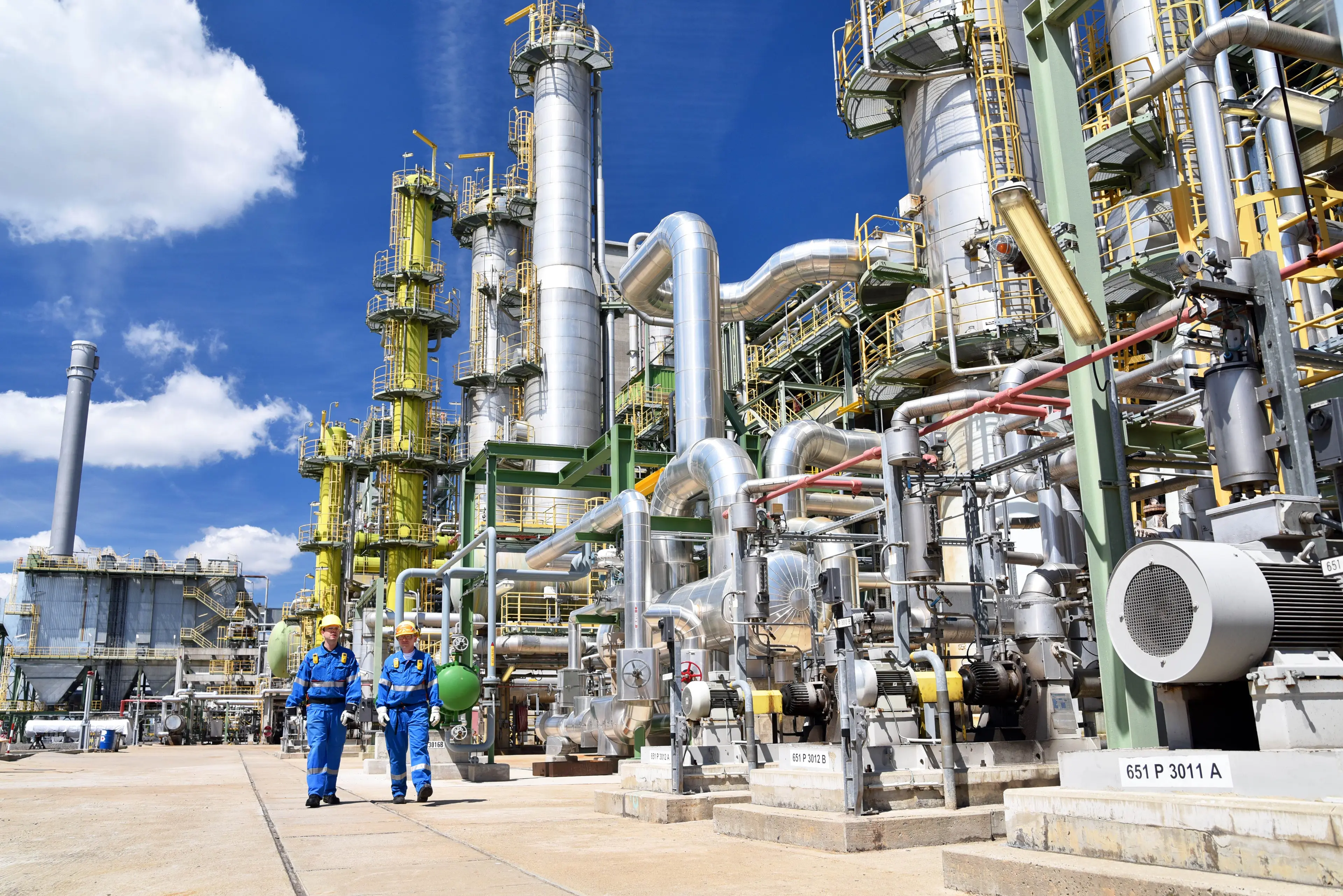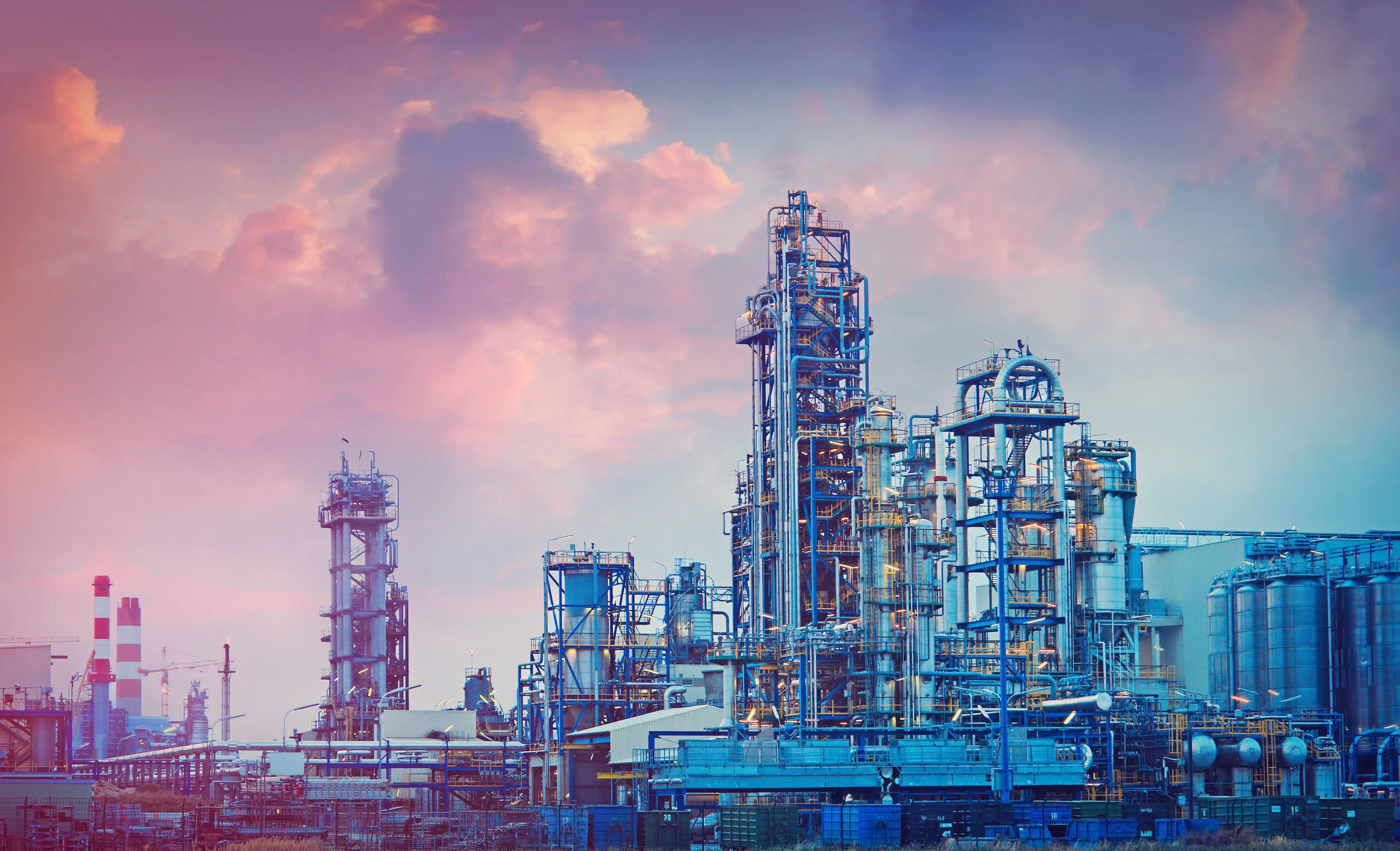
Textiles Chemical Recycling, Global Market 2025
Our commitment to textile sustainability
Building on our expertise in chemical recycling and the success of our inaugural exhibition in Brussels, we have published a comprehensive quantitative analysis of the global textiles chemical recycling industry. This comes at a time when the sustainability of textiles is gaining much-deserved attention, especially in Europe.
Report components
A key component of the report is a comprehensive database which includes:
- Global Chemical Recycling Technologies for PET and PA: Focus on technologies targeting textile waste.
- Analysis of the Global Industry: By region, polymer, and technology.
- Market Sizing with Forecasts to 2033.
- Chemical Recyclers Processing PET and PA: Detailed site-by-site analysis, company profiles, and site profiles.
- Supply Chain Interactions: Understanding the emerging complex relationships.
The accompanying PDF document provides background explaining the technologies, concepts, feedstocks and outlook.
Europe's leading role in textile recycling
Our report details how Europe is leading globally in terms of available input capacity for closed-loop textile recycling, followed closely by North America and China. With 95% of European depolymerisation technology capacity including textile waste as a feedstock, Europe shows high potential for closed-loop textile recycling. European companies are strongly committed to tackling textile waste and developing technologies to convert waste back into new textile applications
New EU measures to prevent and reduce textile waste
Introduction
In September this year, the European Parliament adopted new measures aimed at preventing and reducing textile waste across the EU. These measures represent a significant step in textile recovery and recycling legislation, considering that in 2023, the EU generated more than 12.6 million tonnes of textile waste.
Extended Producer Responsibility (EPR) Schemes
The new rules mandate that producers who make textiles available in the EU, including via e-commerce, will need to cover the costs of collection, sorting, and recycling through new Extended Producer Responsibility (EPR) schemes. These schemes will be established by each of the 27 member states and mark an essential move towards sustainable textile management.
Importance of Value Chain Improvements
With the rise in textile waste, it is vital to identify stages across the value chain where improvements will have the most immediate and strongest impact.
Emerging Chemical Recycling Technologies
Chemical recycling is emerging as a promising closed-loop solution for textiles, where materials are recycled into new materials of the same quality. Depolymerisation technologies, which reverse polymers into monomers using solvolytic processes, form the basis of most textile-focused recycling processes. These technologies are developing globally and, in some cases, are already operating commerciall
Conclusion
The new EU measures and the development of chemical recycling technologies set a strong foundation for tackling textile waste. With Europe leading the way, the commitment to sustainable practices and innovative technologies promises a significant reduction in textile waste and a move towards a circular economy in the textile industry.
Complete the form today to receive your comprehensive proposal, featuring in-depth details on the structure and findings presented in the report.
Olivia Poole, Consultant and co-author.



